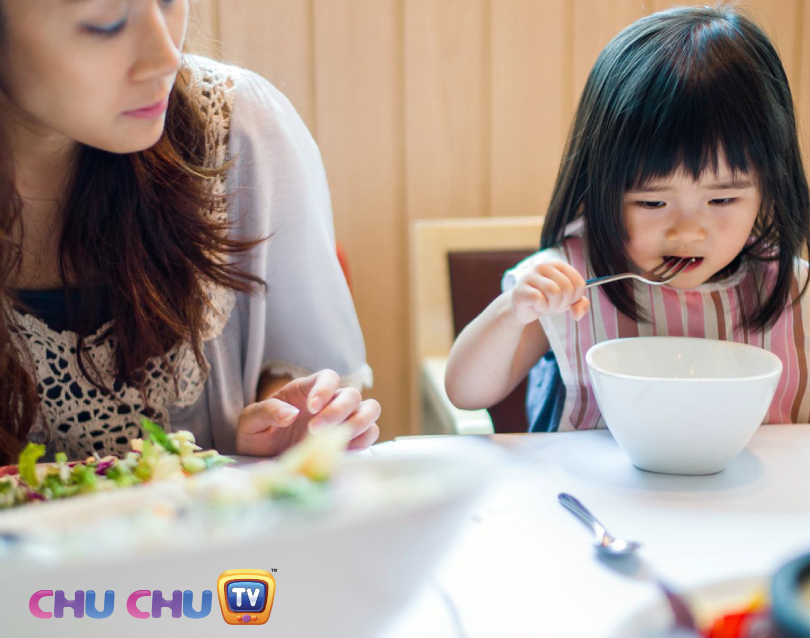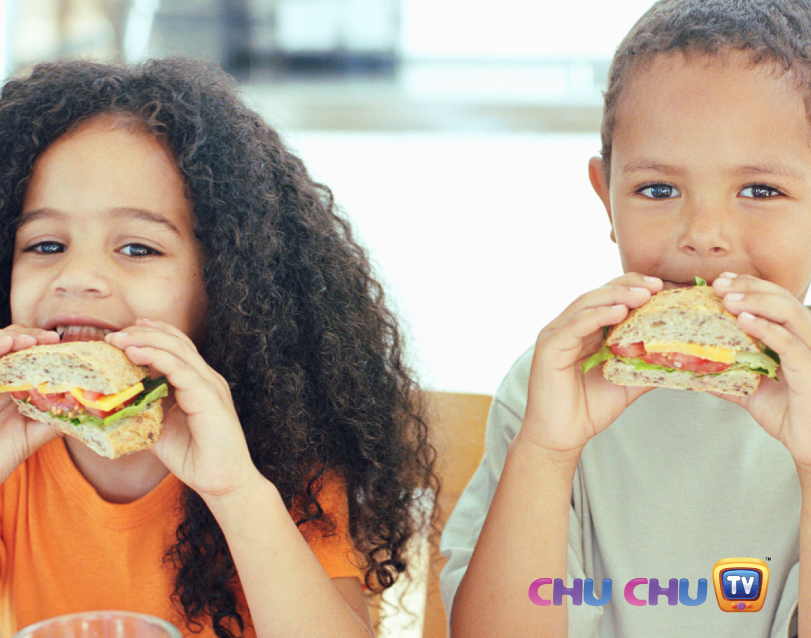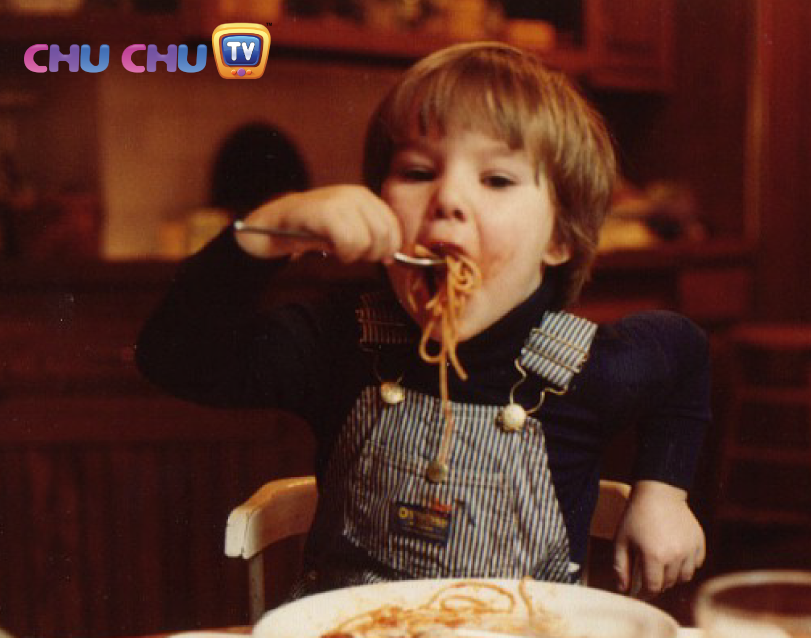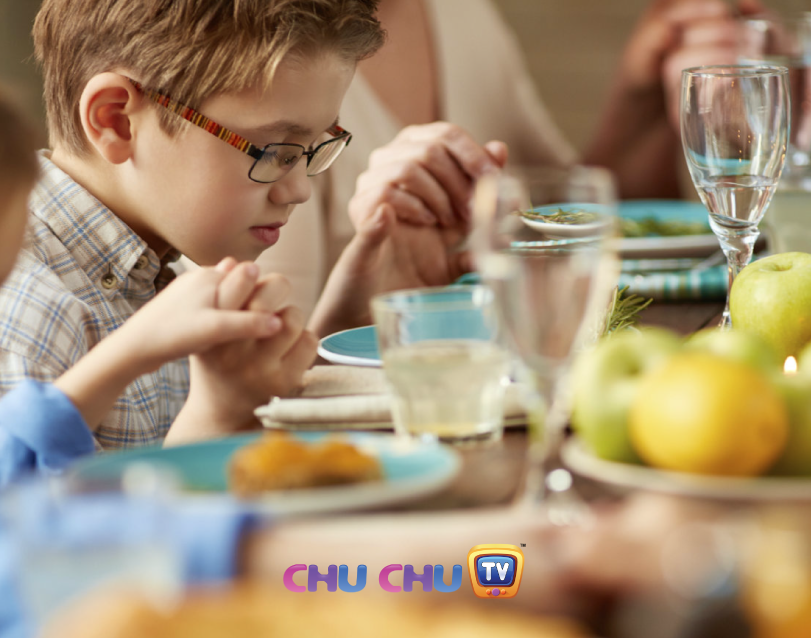Table manners are not some ancient ritual that you need to force down on your kids. Table manners are a vital part of your kid’s social etiquette training, something that will help ensure their social success. It will help them tackle social situations with more confidence, for example, when they are at school, at a neighbour’s house, with the relatives, at a restaurant, or when it’s time for their stereotypical first date.
When teaching table manners to kids, parents are often confused about when exactly to start the training. Well, if you plan to follow conventions, then teaching table manners to your kids would begin when they are 4-5 years of age. However, there’s no hard and fast rule here. As a matter of fact, many parents have reported far better results when they started teaching table manners to kids when they were just 2-3 years old. Not everything can be taught at this tender age, but even learning the basics or just the pointers will prepare their mindset in the right way.
Another thing parents ask is what table manners to teach the kids. Some families are extremely fastidious in respect to table manners whereas others have shown to be overly lenient. Both extremities need to be avoided and the focus should be on learning the most important and relevant table manners. To give you an idea, here are some of the most important table manners to teach your kids.
Setting the table:
Your kid should be able to understand the rules related to setting the table. Things like where the spoons, knives, the fork should be kept; how to arrange the food plates and utensils, how to place the napkin, etc. Your kids may or may not help you with setting the table for every social occasion, but having the knowledge about these certainly helps mold their mind in the desired manner, in respect to table manners.
Greeting people at the table:
This would be a good way to connect with people sitting at the dining table. Often, families invite relatives, friends, or associates for lunch or dinner, and the initial greetings help create the right impression. It sends a message to the guests that you are enjoying their company and are delighted to have a meal with them.Teaching kids to greet people at the table will help them express their warmth and affection.
Sitting at the table:
You need to teach your kids that they should sit straight when at the dining table. They should place the napkin on their lap and keep their elbows off the table. Another thing is that you should allow your kids to take breaks if they are not comfortable sitting in the chair. Kids’ legs often don’t reach the floor, and it’s difficult for them to keep their legs suspended for longer durations.
Holding and using silverware:
Your kid should know the correct technique to hold and use silverware. They need to be aware that using their fingers is not acceptable unless a specific food item is meant to be eaten that way. They should not try to push the food towards the fork using their fingers. The spoon and fork should be used delicately to avoid making irritating sounds.
Ask for food:
Kids at the dining table will tend to reach out for their food. It’s important to tell them that reaching out for food can trip something on the table. It can also smear their clothing with food items kept on the table. Train them to politely ask for food whenever they need it. Asking for food also keeps the interactions going at the dining table.
Take small bites:
Kids would tend to gulp down their favorite food in large bites, but this should be strictly discouraged. Not only does it appear gross, it also increases the risk of choking on food. Children should be taught to eat their food in small bites, so that they can chew it more effectively and be available for conversations happening at the dining table.Properly chewing the food has shown to aid in digestion and improved absorption of nutrients.
Eat with the mouth closed:
Eating with the mouth open not only appears gross, but it also increases the possibility of food pieces flying off the mouth and landing all over the place and may be even on the people sitting at the dining table. Train your kid to eat with the mouth closed and avoid making any irritating noises when eating. Slurping is another thing that should be avoided.
Don’t pick your teeth:
Children should be taught that it’s unacceptable to pick their teeth at the dining table. If they have something stuck in their teeth, which is making them uncomfortable, they can excuse themselves and go to the restroom to resolve the issue. You can also teach them some techniques to effortlessly remove unwanted stuff from their teeth. This will help them avoid embarrassing situations.
Avoid criticizing the food:
Children will tend to speak their mind if someone asks them about the food. This may be okay within a family, but kids need to be taught not to criticize food when they are eating at someone else’s place or when the food is cooked by someone else other than the immediate family members. They can appreciate food that they liked and avoid talking about food that they may not have liked.
Say Thank You:
A lot of time and effort goes into preparing food. Kids should be taught to appreciate such efforts and say ‘Thank You’ to the host who may have prepared the food. This will help create the right impression and relations, especially when your kid is at someone else’s place or with a babysitter.
While teaching table manners to your kids, you need to be patient with them, as all this will be something new to them. You also need to remember that children learn a lot of their habits from their parents. So, it’s essential that you practice what you preach. Using the ‘lead by example’ technique, you can easily teach table manners to your kids and you don’t even have to remind or reprimand them again and again. Keep talking to them about the importance of table manners and provide advice, support and encouragement whenever needed.




















Thanks Chu Chu Tv Blog. I love this table manner update lesson. Weldone
This is so interesting and very educative. I do all these and my children knows them but they don’t observe them. What do i do?
Thank you so much for the appreciation 🙂
Try to make it a habit for them and make charts that record these manners and give them points for it. It’s one way to get them to observe these manners.
Thank you chuchutv. U re really good
Thank you so much! Stay tuned for more blog posts 🙂
Thanks this will help teach my kids
Thanks thanks Chu Chu.
You are most welcome! Stay tuned for more interesting blogs 🙂
Great one n very educative. Thstnk you Chuchu.
I love it a Lot… I’ve learned so much…even though some of them I know…from my mama’s teaching..
Really helpful tips.